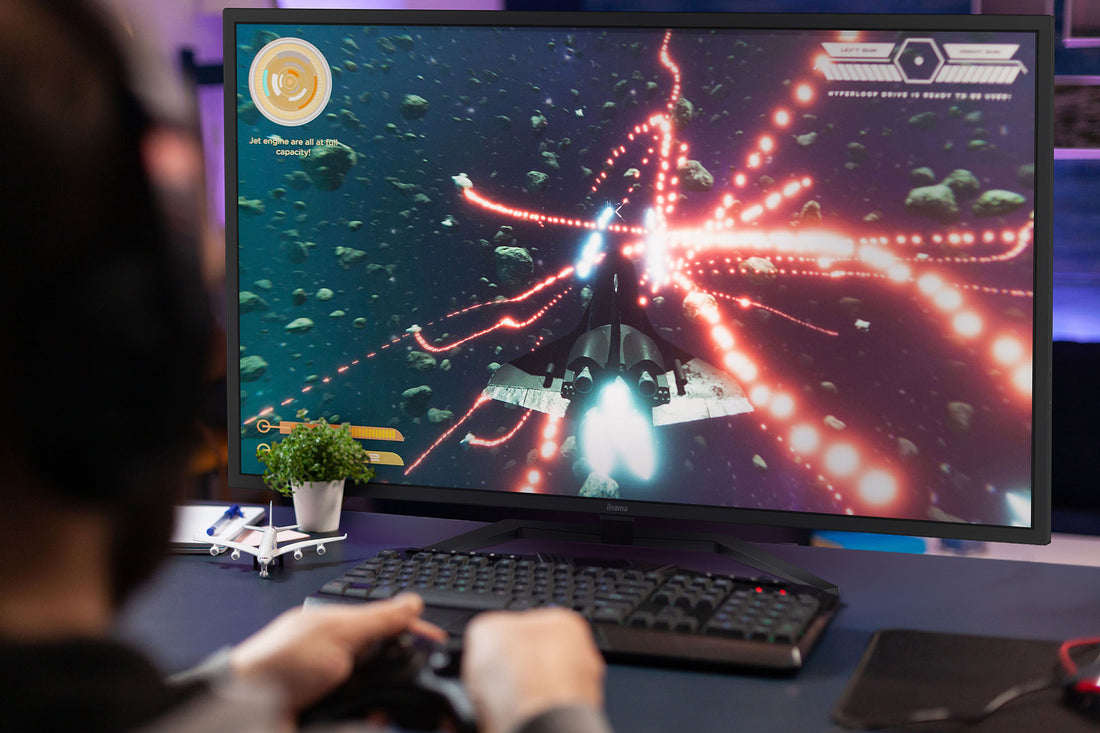What are the advantages of higher screen resolutions in gaming monitors?
Higher screen resolutions, such as 1440p or 4K, offer several benefits for gamers. Firstly, these resolutions provide a more immersive gaming experience by delivering sharper and more detailed visuals. Gamers can enjoy enhanced graphics, textures, and overall image quality, which can make games look more realistic and visually stunning.
Secondly, higher resolutions allow for a larger field of view, enabling gamers to see more of the game world. This can be particularly advantageous in open-world games or first-person shooters, where having a wider perspective can give players a competitive edge.
Furthermore, higher resolutions can enhance the readability of in-game text, making it easier to read small fonts or UI elements. This can be especially beneficial in games with complex interfaces or text-heavy narratives.
Are there any drawbacks to higher screen resolutions?
While higher screen resolutions offer numerous advantages, they also come with a few drawbacks. One of the main concerns is the increased demand on hardware resources. To run games at higher resolutions, a more powerful graphics card and CPU are often required. This means that gamers may need to invest in expensive hardware upgrades to achieve smooth gameplay at higher resolutions.
Another drawback is the potential impact on performance. Higher resolutions require more pixels to be rendered, which can put a strain on the GPU. This can result in lower frame rates and less smooth gameplay. Gamers who prioritize performance over visual fidelity may prefer lower resolutions to ensure a consistently high frame rate.
What about lower screen resolutions?
Lower screen resolutions, such as 1080p or even 720p, still have their merits in gaming. One of the major advantages is the lower hardware requirements. Gamers with older or less powerful systems can still enjoy smooth gameplay at lower resolutions without the need for expensive upgrades.
Additionally, lower resolutions can offer higher frame rates, which can be crucial in fast-paced competitive games. A higher frame rate provides smoother and more responsive gameplay, giving players a competitive edge in online multiplayer scenarios.
However, lower resolutions may sacrifice some visual fidelity and detail. Games may appear less sharp and detailed compared to higher resolutions, and certain visual effects may be less pronounced. This trade-off between performance and visual quality is a key consideration for gamers.
Conclusion
When it comes to screen resolutions in gaming monitors, there is no one-size-fits-all solution. Higher resolutions offer stunning visuals and increased immersion, but they require more powerful hardware and can impact performance. Lower resolutions, on the other hand, provide smoother gameplay and lower hardware requirements, but at the cost of visual fidelity.
Gamers should consider their hardware capabilities, gaming preferences, and budget when choosing a screen resolution. Ultimately, the best resolution is the one that strikes the right balance between performance and visual quality for each individual gamer.

